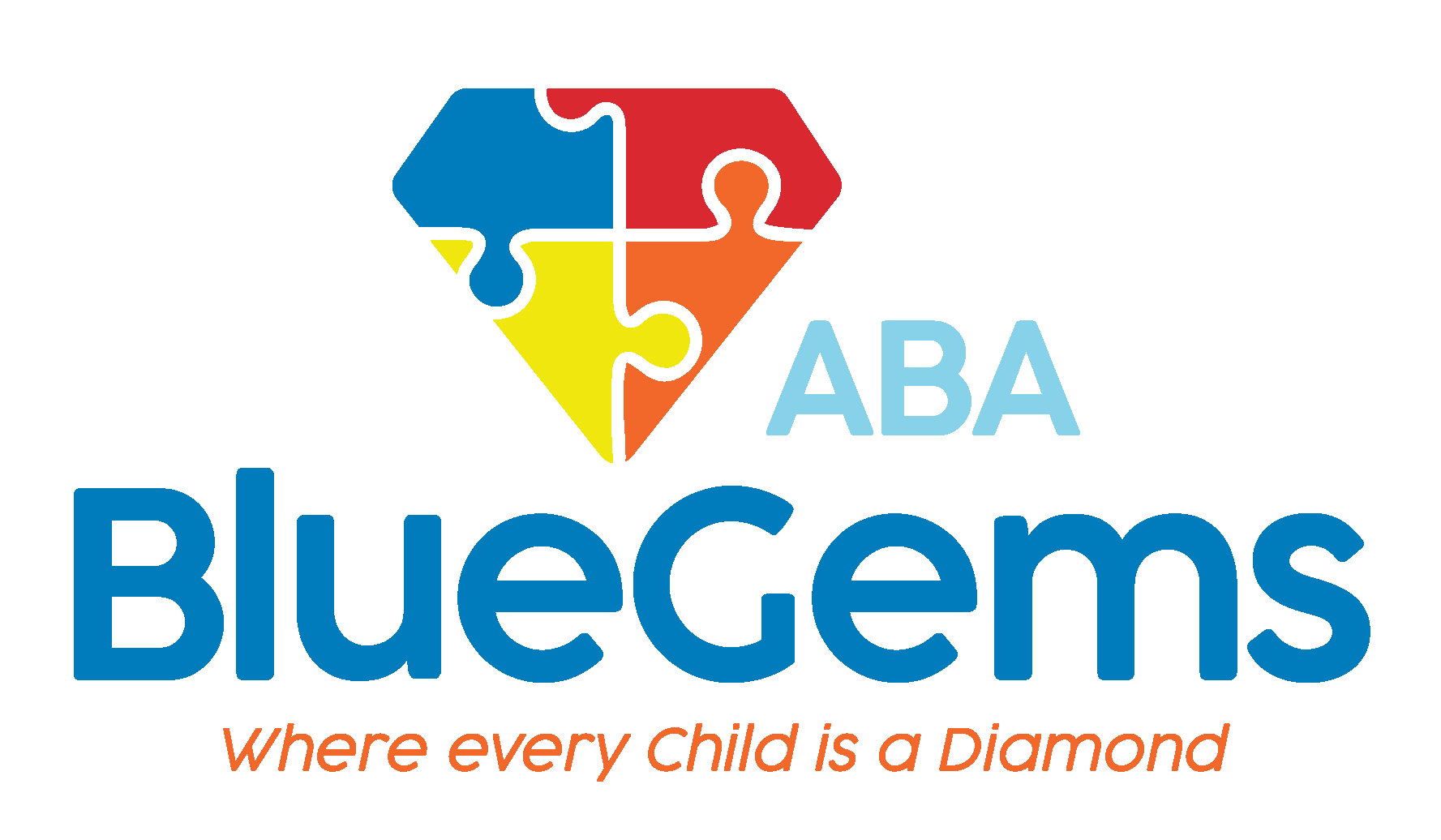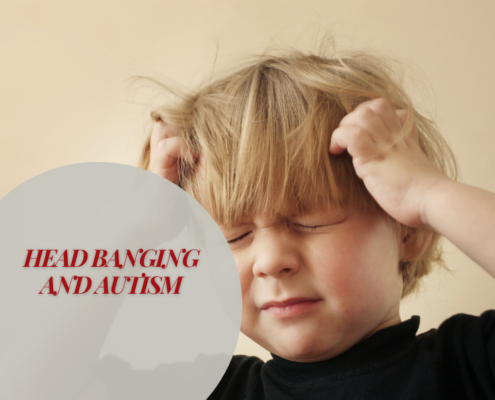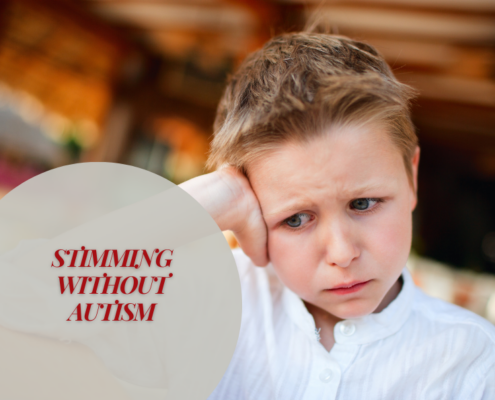Excessive Blinking in Autism
Part of the Comprehensive Guide to Stimming
While autism is a neurodevelopmental disorder that affects people in many different ways, there are some common challenges that people who have autism spectrum disorder (ASD) typically face. This includes difficulty with social interactions and communication in general, as well as restrictive interests and repetitive behaviors.
There are also some behaviors that some people on the autism spectrum exhibit that aren’t as well-known. One of those behaviors is excessive blinking.
If you notice that your child with autism is blinking a lot, you might be concerned that there is something else there. However, excessive blinking in autism is actually relatively common.
It’s important for parents, caregivers and others to understand this fact so they can better know how to support the child when this is happening. Below, we’ll discuss excessive blinking in autism in more depth, as well as some things that can be done to help.
Table Of Contents
How is Excessive Blinking Defined?
Everyone needs to blink. It’s something that is often done without us even knowing it, just like breathing. Our body just does it, and we go on in life without any pause.
Some children who have autism may blink repeatedly, over and over again. This could be something that occurs involuntarily, or it might be a conscious, voluntary action that your child is doing. It could also involve both eyes, or it could involve just one of them.
Excessive blinking itself can actually be a relatively common occurrence for all children, regardless of their developmental abilities. It could also be a sign of other things, though, such as a neurological disorder such as ASD or an irritation of the eyes.
What are the Causes of Excessive Blinking in Autism?
There could be many reasons why children with autism blink excessively.
A common theory is that it’s the result of a person with autism feeling overwhelmed or overstimulated. In this way, excessive blinking in autism can be looked at as a type of self-stimulating behavior.
Stimming, as it’s also referred to, is a common behavior that people with ASD exhibit as a way to center and/or self-regulate themselves. Excessive blinking, in this regard, could be seen as a way that the person is seeking sensory input that provides them with a sense of calm.
Many people on the autism spectrum struggle with processing sensory information. When they encounter a strong odor, bright lights, loud sounds and different textures, for instance, they might experience sensory overload and become overwhelmed easily.
When this happens, they might stim to self-regulate themselves. It’s theorized that excessive blinking could be an example of stimming.
Another theory is that excessive blinking in autism could be directly related to a person feeling anxious. Many people on the autism spectrum experience anxiety for a variety of reasons, and excessive blinking could be a way that they try to cope with the anxiety they’re feeling.
In this theory, blinking excessively is a way that the person could try to distract themselves from whatever is causing their anxiety in that moment. For instance, if they encounter a large crowd, they might begin to feel anxious about the social interactions, which could then cause them to blink excessively.

Can Excessive Blinking in Autism Be Managed?
Just like other forms of stimming, excessive blinking in autism can be managed. There are various different strategies that parents, caregivers and others can employ to help the person with autism feel more calm and comfortable.
This is at the heart of what is taught through applied behavioral analysis, or ABA therapy. This evidence- and science-based approach to learning and behavior is considered the gold standard of treatment options for people with autism.
Using positive reinforcement and repetition, therapists help their patients on a one-to-one basis build the social, communication and daily life skills with which they often struggle. Patients can also learn how to better manage their emotions and behaviors, so that they feel overwhelmed and, as a result, not blink excessively as frequently as before.
There are many other benefits that ABA therapy can provide people who are on the autism spectrum, which is why it’s considered a tried-and-true treatment plan.
Blue Gems ABA Helps Children with Autism Grow
Excessive blinking is actually relatively common in people who have autism. There are a variety of reasons why this might be, including a way that they are stimming or managing anxiety that they’re feeling.
At Blue Gems ABA, we help children with ASD gain the skills and confidence they need to live a happy, healthy and fulfilling life. We do this by administering ABA therapy on a one-to-one basis, creating personalized treatment plans that specifically address each individual’s unique strengths and challenges.
To learn more, please contact us today.










